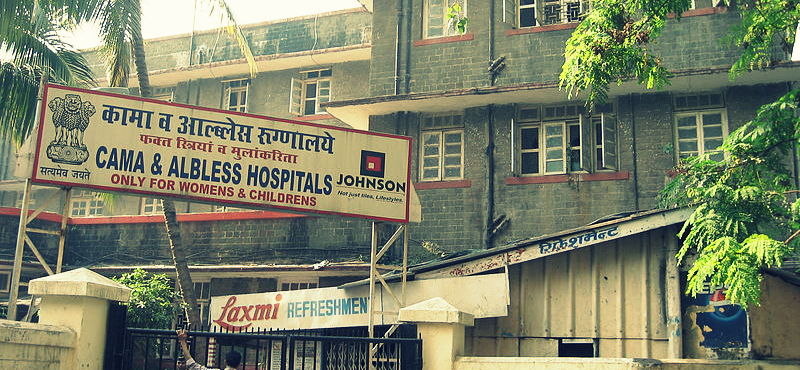Mumbai Has India’s Best Healthcare. It Isn’t Enough

Mumbai has India’s best public-health infrastructures—by far—yet it needs to at least double its medical personnel and health facilities to be able to serve its underserved citizens, an Indiaspend analysis has revealed.
State and municipal hospitals are short by 26% of health-care workers and nurses and by 44% of doctors, according to the recently released “State of the Health” report from Praja,an advocacy. State medical colleges that also work as hospitals are short of lecturers by 38% and paramedical staff by 25% says the report.
Mumbai’s existing health infrastructure was planned between 1950 and 1980 to cater to 5.2 and 7 million people, while the facilities are currently used by about 13 million people,said a World Bank study.
Most of Mumbai’s people flock to state-run hospitals because they are affordable. For example, an angioplasty at a government hospital costs somewhere around Rs.75,000, while a private hospital charges between Rs 3 lakh and 3.5 lakh for the same procedure.
Mumbai’s healthcare is fairly representative of the urban India’s healthcare challenges. Mumbai is one of India’s fastest growing and most densely populated cities. Although Maharashtra is India’s second-most populous states, Mumbai—with only 0.19% of the state’s land area, holds 12% of its population (and 1.03% of India’s population). The healthcare challenges are obvious.
Mumbai’s health infrastructure is provided by the Municipal Corporation of Greater Mumbai (MCGM), the government of Maharashtra and public trusts and private owners of the hospitals. The MCGM runs primary, secondary and tertiary levels through health posts, dispensaries and post-partum centers. No Indian city can match Mumbai’s spread of healthcare facilities, as the chart below shows number of registered health care facilities in different cities across India:
Mumbai has a network of 16 municipal general hospitals, five maternity homes, 26 specialty hospitals, 162 municipal dispensaries and 168 health posts. In addition, the state government has one medical college hospital, three general hospitals and two health units. Although these hospitals provide services to poor patients without any charge or at a negligible fee, many people prefer private facilities; this is why private hospitals outnumber those run by the government.
Public hospitals in Mumbai can serve 20,000 patients; private hospitals can handle 22,000 patients every day.
Impressive as these numbers are, they pale in comparison to other countries, even in the emerging world. Take a look at the doctors available per 100,000 people in cities across the world.
With 54 doctors for every 100,000 people, Mumbai does only better than Jakarta. The city of New York has 393 doctors per 100,000 people. Beijing and Shanghai easily better Mumbai with 355 and 296 respectively.
Let us look at MCGM’s overall expenditure on health.
The expenditure on health has been rising over the last three years, but it just isn’t enough, as the table below indicates:
This chart, from Praja’s report reveal that state and the municipal hospitals face a shortage of staff, from doctors to paramedics. With Mumbai’s growing disease burden—as a forthcoming IndiaSpend report will reveal—the government’s priorities should be clear.
Image Credit: Wikimedia Commons
This article is a part of our series “Mumbai Special: The Revival Agenda”. You can read the whole series here.
___________________________________________________________________________________________________________________
“Liked this story? Indiaspend.org is a non-profit, and we depend on readers like you to drive our public-interest journalism efforts. Donate Rs 500; Rs 1,000, Rs 2,000.”


